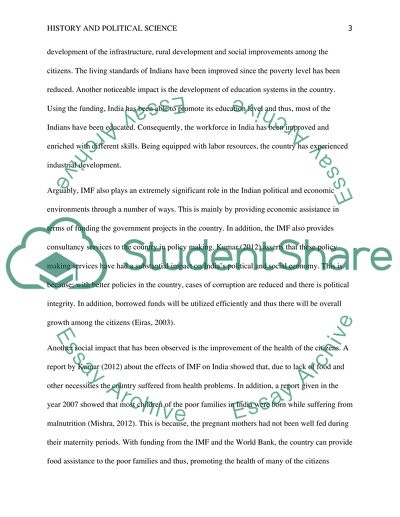Cite this document
(“Political science project Essay Example | Topics and Well Written Essays - 2000 words”, n.d.)
Political science project Essay Example | Topics and Well Written Essays - 2000 words. Retrieved from https://studentshare.org/history/1461395-political-science-project
Political science project Essay Example | Topics and Well Written Essays - 2000 words. Retrieved from https://studentshare.org/history/1461395-political-science-project
(Political Science Project Essay Example | Topics and Well Written Essays - 2000 Words)
Political Science Project Essay Example | Topics and Well Written Essays - 2000 Words. https://studentshare.org/history/1461395-political-science-project.
Political Science Project Essay Example | Topics and Well Written Essays - 2000 Words. https://studentshare.org/history/1461395-political-science-project.
“Political Science Project Essay Example | Topics and Well Written Essays - 2000 Words”, n.d. https://studentshare.org/history/1461395-political-science-project.


